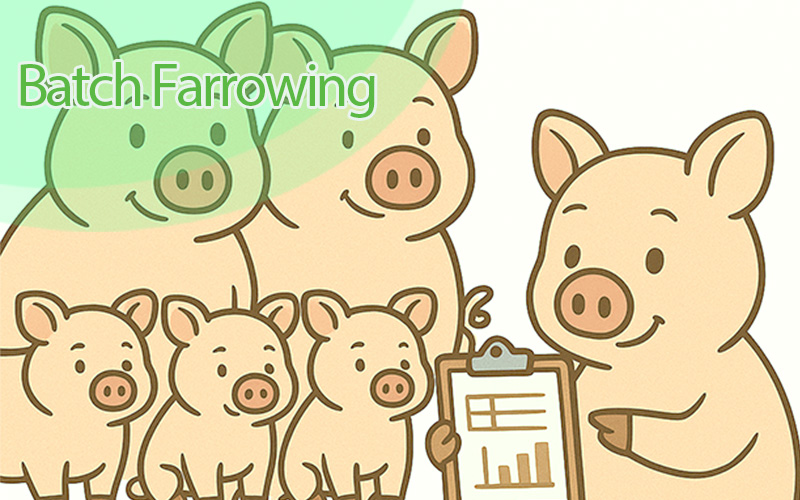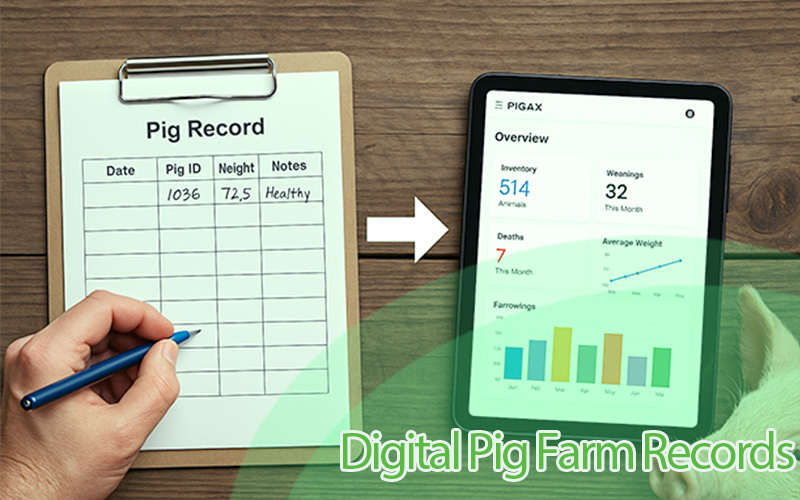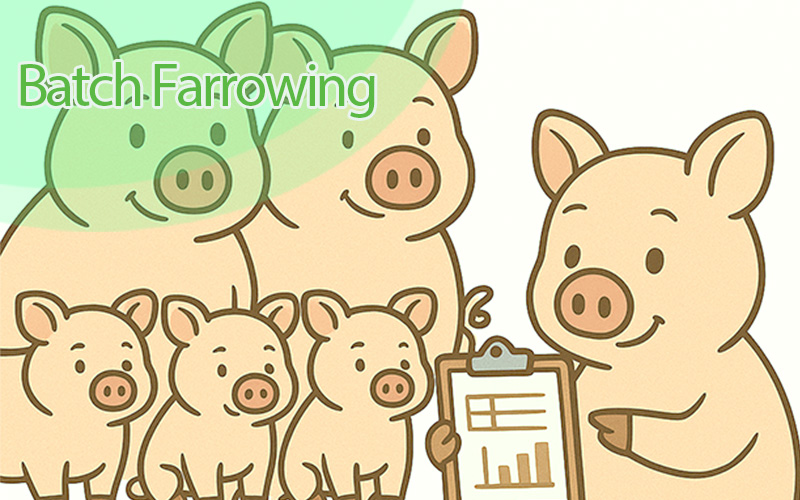5 tips for weaning piglets successfully
Weaning piglets means separating them from their mothers and transitioning their diet from milk to solid food. This is a critical stage in the development of pigs, and if done wrongly can lead to poor results. It is important to implement successful weaning strategies in order to ensure the health and well-being of the piglets and to maximize the efficiency of the pig farming operation.
Here are some tips that can help with a successful weaning process:
1. Ensure intake of colostrum
Colostrum is the first milk produced by a sow after giving birth. Piglets have a high requirement for colostrum in the first few days of life, as it helps to protect them against diseases and infections, promotes growth, supports the development of their immune system, and helps them survive weaning stress. It is important that piglets receive sufficient colostrum in the first 24-48 hours of life, as this is when their ability to absorb the nutrients and antibodies from the colostrum is at its highest.
In general, piglets should receive at least 500 milliliters of colostrum within the first 24 hours of life, and a total of 1 liter within the first 48 hours. Larger piglets may require more colostrum, while smaller piglets may need less.
2. Choose the best time to wean
The timing of weaning is important, as it should occur at a time when the piglets are developmentally ready and can handle the stress of being separated from their mothers. Below are some of the standard criteria that must be met before weaning occurs.
- When piglets can eat & drink well on their own
- When piglets show independence
- When piglets reach the targeted weight of weaning. (7-10 Kilograms)
The above requirements can be achieved on average when piglets are around 3-4 weeks old. But it is advised that weaning should be delayed if some of the above criteria have not been met.
3. Introduce Creep feed early
Weaning should be a gradual process, rather than a sudden separation. This can be achieved by introducing creep feed gradually, starting with small amounts and gradually increasing over a period of several days. This allows the piglets to get used to dry feed and reduces the risk of digestive problems. Select a feed that contains highly digestible ingredients and also tastes and smells like sow’s milk.
4. Proper Sow management
Piglets must get an adequate supply of breast milk from the sow. Piglets that get a good share of colostrum from day one have a higher chance of surviving than those that do not. This means the sow must be well cared for. Proper feeding and drinking for the sow are essential for a regular flow of breast milk. Remember that piglets' appetite increases as they grow bigger so a sow’s feed requirements must increase in order to meet their appetite.
5. Housing and Environment
While the piglets are suckling, the rooms need to be disinfected and cleaned regularly. Make sure the rooms are dried after they are cleaned. Piglets need warmth. Rooms should be no colder than 77 F to avoid health problems with your piglets. There should be plenty of space to move around and access food and water. The temperature, humidity, and ventilation should also be carefully controlled to ensure the sow is comfortable, note that too high temperatures discourage the sow’s milk flow and make piglets malnourished.
In conclusion, the successful weaning of piglets starts from the day of birth. Once piglets get the necessary nutrients before weaning, it increases the growth and overall profitability of the piggery business. Because the number of pigs weaned can determine the number of pigs available for sale.
Ensure to follow the tips and track results to make changes where necessary.




